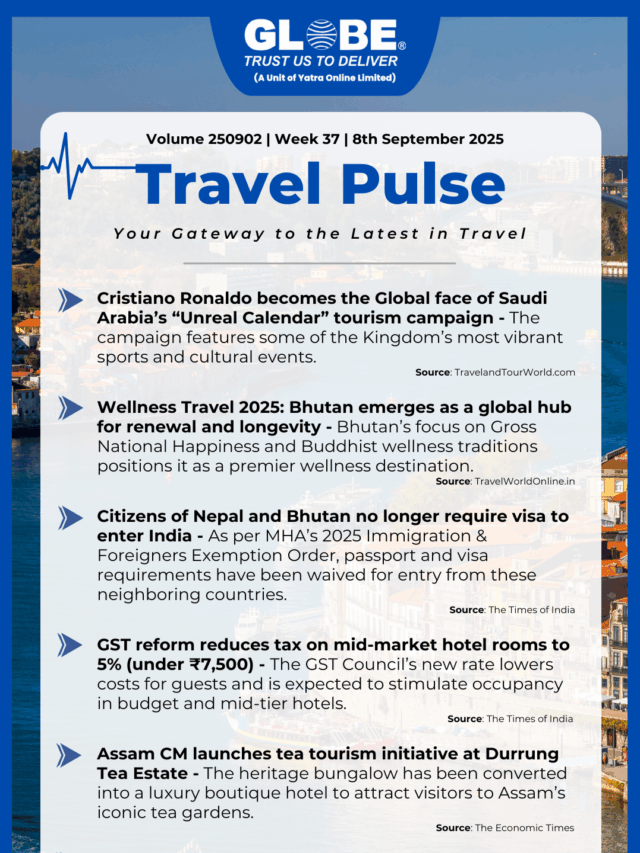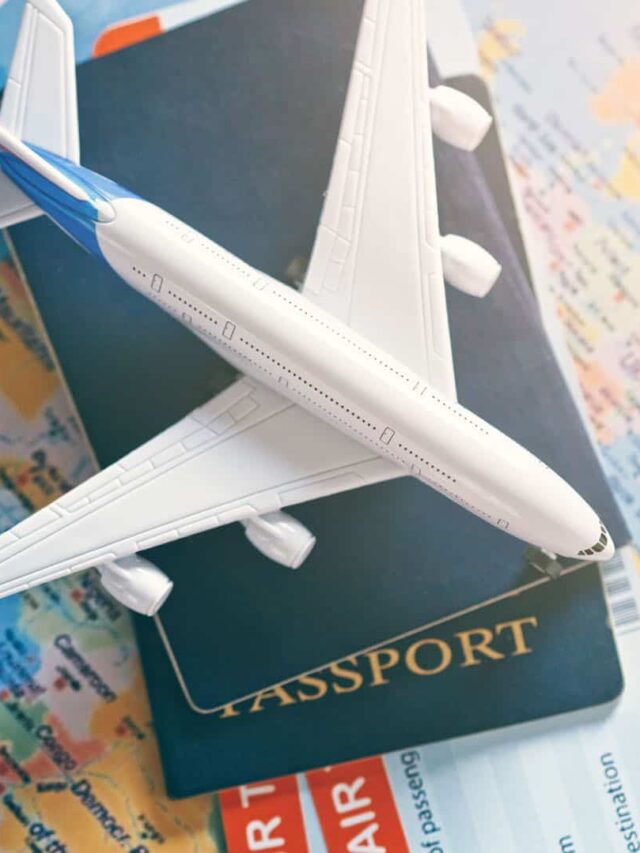Introduction
Sri Lanka is a land of contrasts. In just a few hours’ journey, you can move from ancient temples and tea plantations to bustling cities and modern architecture. The island’s rich history, cultural heritage, and deep-rooted traditions coexist with rapid urbanization, technological progress, and a growing cosmopolitan lifestyle.
This blog explores the delicate balance between tradition and modernity, showing how Sri Lanka is evolving while preserving its identity.
Ancient Temples and Religious Traditions
Sri Lanka is home to some of the most sacred and historic temples in South Asia.
Highlights:
- Temple of the Tooth, Kandy: Houses a relic of the Buddha’s tooth, central to Sri Lankan Buddhism.
- Ruwanwelisaya, Anuradhapura: Ancient stupas that date back over 2,000 years.
- Dambulla Cave Temple: Elaborate cave paintings and Buddha statues.
- Hindu Temples: In Jaffna and northern Sri Lanka, reflecting Tamil heritage.
Traditions:
- Pilgrimages and offerings remain central to daily life.
- Festivals like Vesak and Poson are celebrated with devotion and community participation.
- These sites reflect Sri Lanka’s deep spiritual roots and cultural continuity.
Rural Village Life – Preserving Traditional Practices
While cities modernize, rural Sri Lanka remains deeply traditional.
Village Life Features:
- Agriculture-based economy with rice paddies and tea plantations.
- Local crafts like mask making, pottery, and weaving.
- Traditional cuisine prepared with local ingredients.
- Community rituals and festivals maintain social cohesion.
- Visiting rural villages offers travelers a glimpse of authentic, slow-paced Sri Lankan life.
Traditional Arts, Music, and Dance
Sri Lanka’s performing arts remain an integral part of its identity.
Notable Art Forms:
- Kandyan Dance: Traditional dance performed at cultural events and festivals.
- Low Country Dance: Ritualistic dances associated with exorcism and healing.
- Drumming (Geta Beraya): Central to ceremonies and performances.
- Crafts: Wooden masks, batik fabrics, and handwoven textiles.
Traditional arts are celebrated, preserved, and passed down through generations.
Modern Cities – Colombo and Beyond
Sri Lanka’s cities are rapidly modernizing.
Colombo Highlights:
- Skyscrapers, shopping malls, and international hotels.
- Vibrant nightlife, cafes, and culinary fusion restaurants.
- Financial and business hub with modern infrastructure.
Other Urban Centers:
- Negombo: Modern beaches and resorts.
- Galle: Colonial fort meets trendy cafes and boutique hotels.
- Jaffna: Rebuilding with modern development while retaining cultural heritage.
Cities reflect economic growth, urban planning, and global connectivity.
Modern Transportation and Infrastructure
Modernity is visible in Sri Lanka’s transport and infrastructure.
Examples:
- Expressways: Connect Colombo to Galle and Kandy, easing travel.
- Railways: Scenic train journeys, blending history with modern convenience.
- Airports: Bandaranaike International Airport connects Sri Lanka to global destinations.
- Public Transport: Buses, tuk-tuks, and ride-sharing apps modernize mobility.
Modern infrastructure supports tourism, trade, and daily life, integrating tradition with convenience.
Education and Technology
Sri Lanka places strong emphasis on education and technology.
Key Features:
- High literacy rate and emphasis on primary and secondary education.
- Universities in Colombo, Peradeniya, and Jaffna.
- Tech startups emerging in Colombo, focusing on software, e-commerce, and digital services.
- Mobile banking and e-commerce rapidly transforming lifestyles.
- Education and technology are bridging the gap between tradition and global modernity.
Food – From Traditional to Modern Fusion
Sri Lanka’s cuisine reflects this contrast.
Traditional Foods:
- Rice and curry, hoppers, string hoppers, sambols.
- Locally sourced, naturally spiced, and rooted in tradition.
Modern Twist:
- Cafes in Colombo serve fusion dishes blending Western and local flavors.
- Food trucks, international cuisine, and trendy bakeries appear in urban areas.
- Culinary evolution mirrors the blending of old and new in daily life.
Tourism – Balancing Heritage and Modern Comfort
Tourism reflects Sri Lanka’s dual identity:
- Ancient sites like Sigiriya, Polonnaruwa, and Anuradhapura attract cultural travelers.
- Modern resorts and eco-lodges offer luxury and adventure experiences.
- Heritage conservation works alongside modern urban planning in cities and coastal towns.
- Tourists experience Sri Lanka’s past and present simultaneously.
Festivals – Tradition in a Modern Context
Even as modernity grows, festivals remain central:
- Kandy Esala Perahera combines centuries-old rituals with modern crowd management.
- Vesak lanterns are illuminated with LED lights alongside traditional lamps.
- Cultural shows at hotels and city centers bring traditional arts to urban audiences.
- Festivals illustrate how Sri Lanka preserves tradition while adapting to modern life.
Challenges and Opportunities
Sri Lanka faces challenges in balancing tradition and modernity:
- Urbanization sometimes threatens heritage sites and natural landscapes.
- Globalization influences lifestyles, fashion, and media consumption.
- Opportunities exist in sustainable tourism, tech-driven education, and eco-friendly urban planning.
Key Takeaway:
Modernity does not erase tradition—it coexists, evolves, and enriches the Sri Lankan experience.
Conclusion
Sri Lanka is a country where ancient rituals, rural life, and cultural heritage coexist with modern cities, technology, and global influences. The contrast between traditional and modern is visible in temples and skyscrapers, rural villages and bustling streets, local cuisine and international fusion, spiritual festivals and contemporary entertainment.
Traveling in Sri Lanka offers a unique glimpse into a society in transition—one that embraces modernity without losing its soul. From sacred mountains to vibrant cities, from traditional dances to contemporary art, Sri Lanka is a nation where past and present meet harmoniously, creating a rich and multifaceted experience for visitors.





